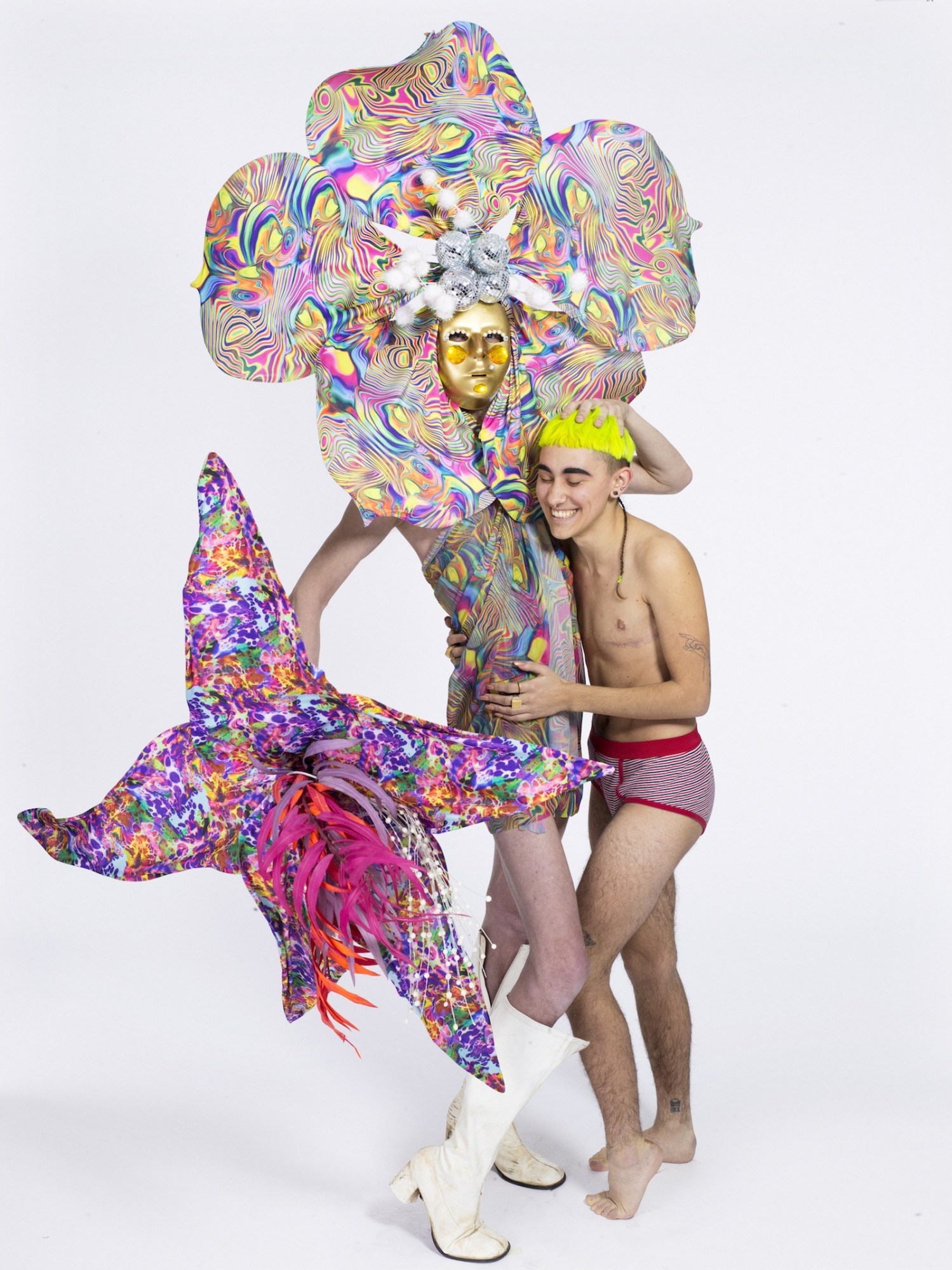As Bruce Jenner prepares to share his transition with the world, Sam Smith goes platinum amidst a subtle coming-out, and LGBT characters drive storylines on beloved television shows like ‘Orange is the New Black’ and ‘Transparent’, homosexual and transgender identities are playing increasingly influential roles within mainstream pop culture. These changes reflect shifting politics worldwide, with gay marriage legalized in the U.K. and many U.S. states. Yet there is a strong, insistent subcurrent within queer communities that resists rites of passage like walking down the aisle and enlisting into the military. Call them the radical queers, and know that the term is flexible, and evolving. From the local gardens of the East Village to Bushwick warehouses, a new wave of New York artists and activists young and old are banding together to question and redefine what it means to be queer today.
Twenty years ago, Jack Waters and Peter Cramer created a radical sanctuary in the form of a community garden called Le Petit Versailles. With its psychedelic art installations and freeform events, the East 2nd Street plot is a slice of the old, pre-Bowery Hotel Alphabet City. Jack and Peter met in 1980 through the art and activism collective ABC No Rio, still a downtown institution hosting hardcore punk Saturday matinees and poetry readings.
These two are elders in a loose community that also includes young artists Michael Bailey Gates (who photographed his extended creative family for this story), Mars Hobrecker and Leah James, artist Bizzy Barefoot, artist and DJ Juliana Huxtable, activist and Wild Ponies film collective member Connor Donahue (aka Blush Cassidy), and Gage of the Boone, founder of queer art space Spectrum. They’re joined by an endlessly expanding cast of characters that meet at Bizzy’s house in Brooklyn, through the MIX NYC queer film festival, at Le Petit Versailles, on the Internet. Where you probably won’t find them is at the yearly Gay Pride parade, which several dismiss as being too commercial. Some are radical faeries (a faction founded in 79 by Harry Hay, with pagan-spiritual elements and remote sanctuary camps), some are not. They’re all artists in some way or another, and activists with counter-culture leanings, fighting for causes from green space to health care to youth art. You could call them “anti-assimilationist”, as the Radical Queer Reddit bio does. Or you could just listen to what they have to say.
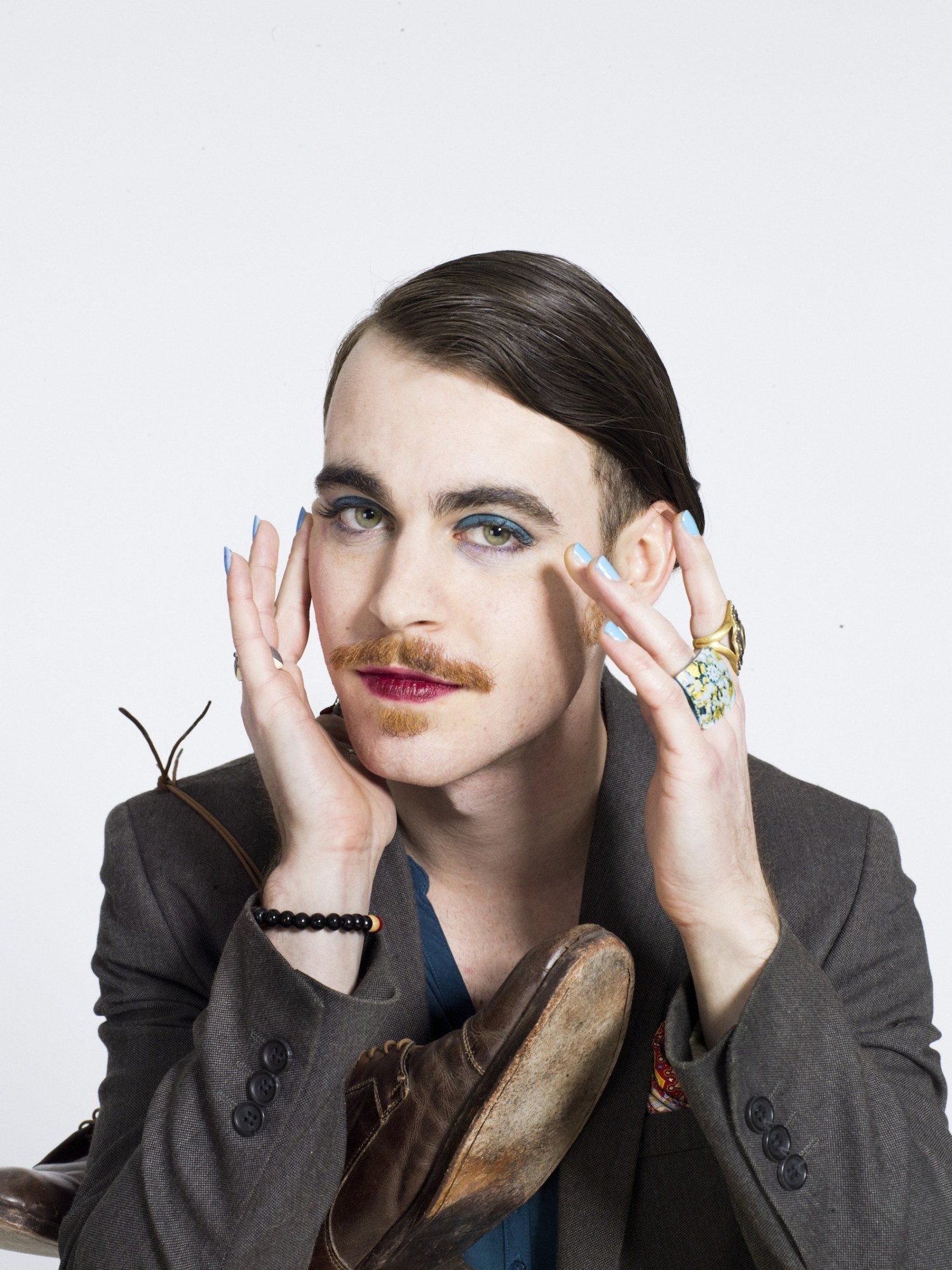
Although each person I spoke to has a different definition for radical queerness, many describe it as a critique of mainstream society. As Connor puts it: “To be radically queer is also to be radically critical, and to strive to embody and practice and spread that criticism. Looking at gender, race and class structures altogether, and just saying, no thank you.” Reflecting on what unites the people he chose to photograph, Michael says, “It’s really going against the grain, doing what you think is right.”
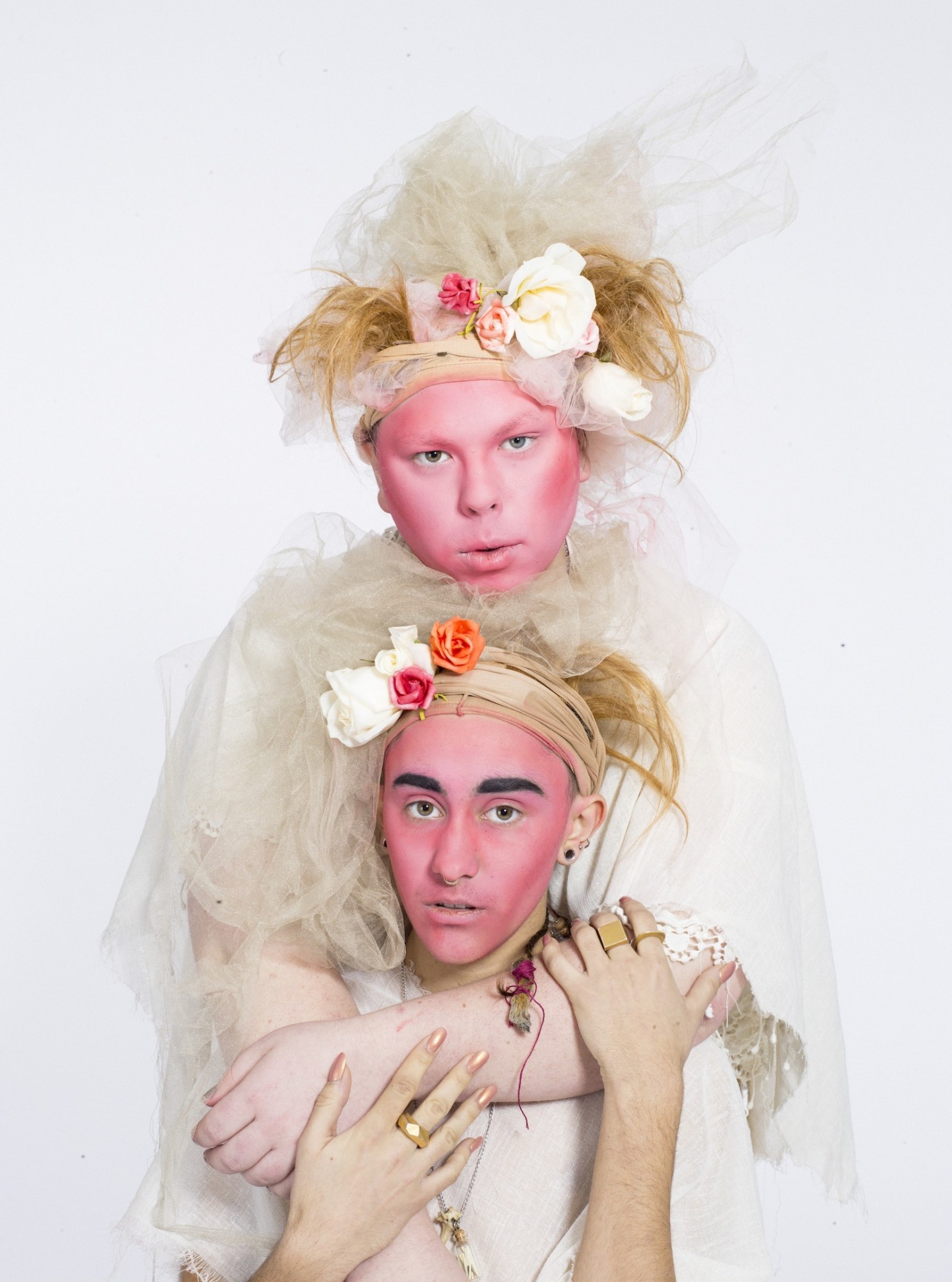
I meet two of the youngest radical queers, artists Mars and Leah, on a frosty Brooklyn winter night. Both clad in layers of black and exceedingly polite, Leah is as tall as Mars is small. Finishing each others’ sentences, they talk excitedly about queer icon Flawless Sabrina, whose Upper East Side salon they have just come from. It’s hard not to notice the bleeding bandages on Mars’s arm, the result of a recent performance where he – physically – sewed himself to Leah. As Mars explains, “A lot of our art is focused on community building and chosen family and connecting ourselves. Connecting ourselves to other people that we identify with – and then all the community.” Leah adds, “Through art that allows us to be multi-generational, passing down knowledge between generations.”

Whereas Jack and Peter can remember a time when they wouldn’t walk around the East Village without pitbulls for protection, the younger artists are deeply indebted to the Internet for connection and inspiration. Michael met Mars as a Tumblr-obsessed high schooler. When I ask Mars what advice he might have for a young queer artist living in a remote area, he says simply, “Go on the Internet. That’s your best resource, go online. If you can’t find a community directly where you are, make one somewhere else.”
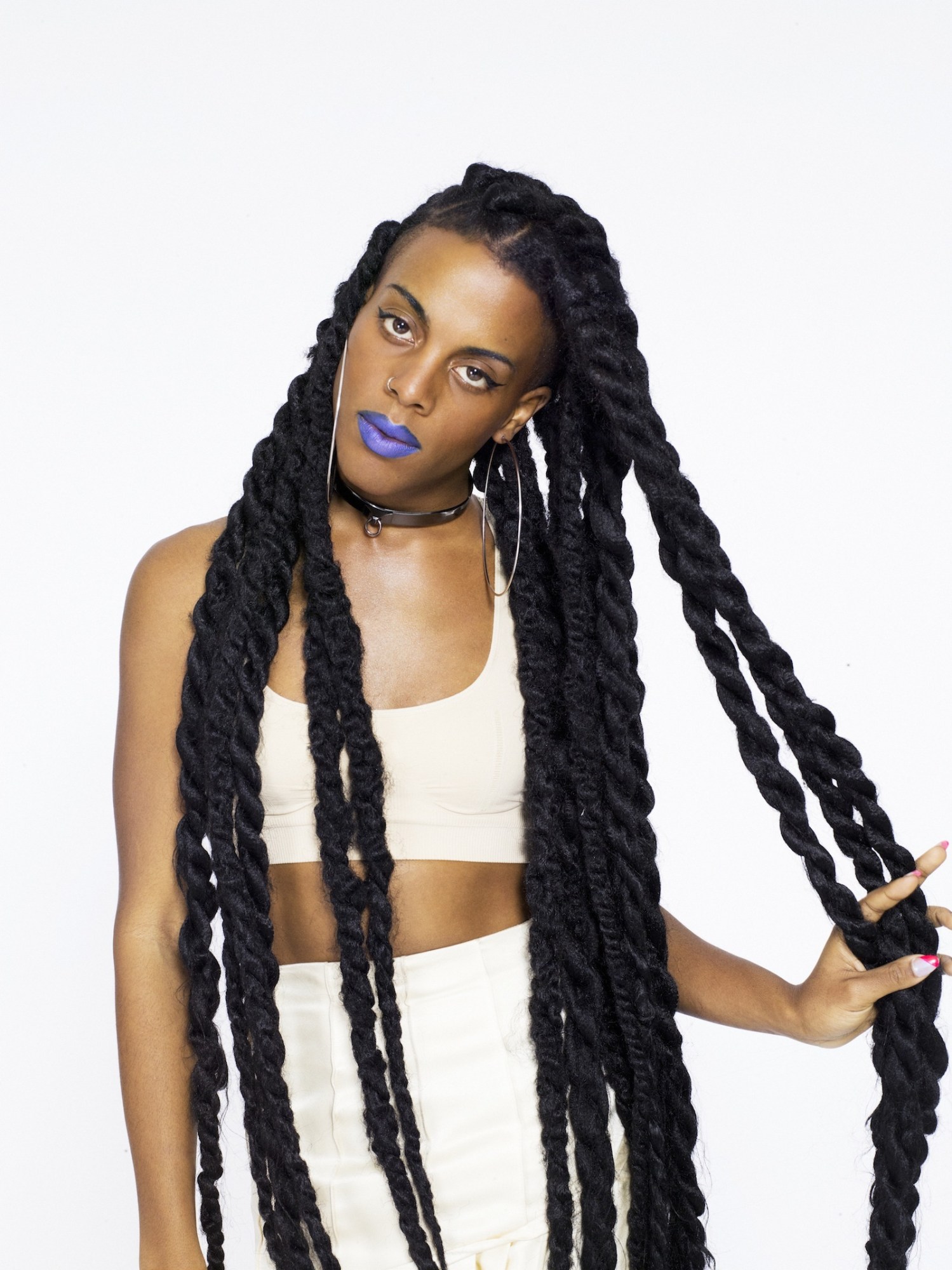
And once you make it to New York, you will play, since many radical queers in the city are passionate in their commitment to exploring nightlife. Juliana Huxtable started throwing her Shock Value parties so her friends would have a nonjudgmental place to dance. As a child, she discovered the world of Studio 54 online, and began focusing on New York as a “queer space of transgression.” Now, she’s making her mark on the city by “creating an intentional space where you could come and it wasn’t weird to have a bro next to a trans dude next to a lesbian couple next to a Burning Man guy and seeing how that plays out.” Juliana sees the parties as an extension of her artistic practice (which includes avatar-like self portraits featured at this year’s New Museum Triennial).
Bizzy Barefoot, too, works in the nightlife medium. She hosts underground queer parties at her Brooklyn home, sometimes lasting as long as 36 hours. As Bizzy says, “My apartment is very much a queer playground for a pan-queer experience.” Mirroring Juliana’s commitment to acceptance, she continues, “One of the radical things about radical queer culture is, a radical welcome as opposed to this factioning that often has happened.”

The emphasis on colorfulness comes up again and again. Dressing radically is often a means for the personal to become political, linking into what Connor describes as “street politics.” As he says, “Just walking down the street can be an act of defiance.” The multi-colored costumes worn by some in Michael’s pictures show the extent of how performance and drag can create an unavoidable, joyous statement. Bizzy (who wore a surreal iridescent flower costume for the shoot) explains, “Anything bright and colorful and over the top is activism in a world that judges that. Particularly men in bright, flamboyant color. That’s not how men are raised in this country.”
How important is activism that empowers young queers to create art, develop community, and wear whatever they want? Think of 15 year-old Larry King, the female-identifying California teen who was killed by a boy she asked to be her Valentine in 2008. Or 18 year-old Sasha Fleischman, the agender Oakland teenager who was set on fire in a bus for wearing a skirt in 2013. As Bizzy Barefoot says, “Art saves queer kids. When there’s no one else to go to, your community theater is definitely going to have a gay person there. Without art, there is no hope for queer community – or the world actually.”
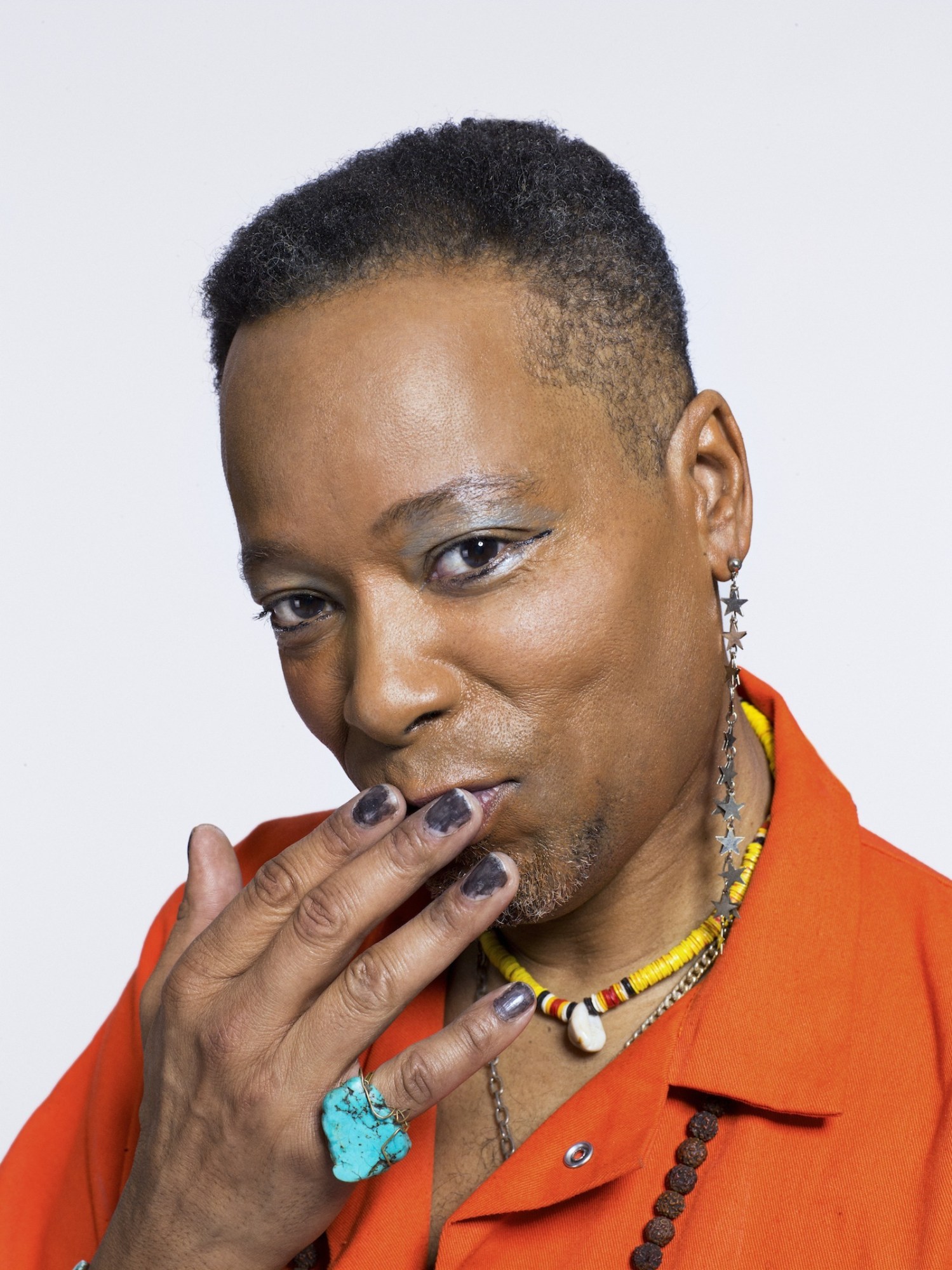
Credits
Text Rory Satran
Photography Michael Bailey Gates
